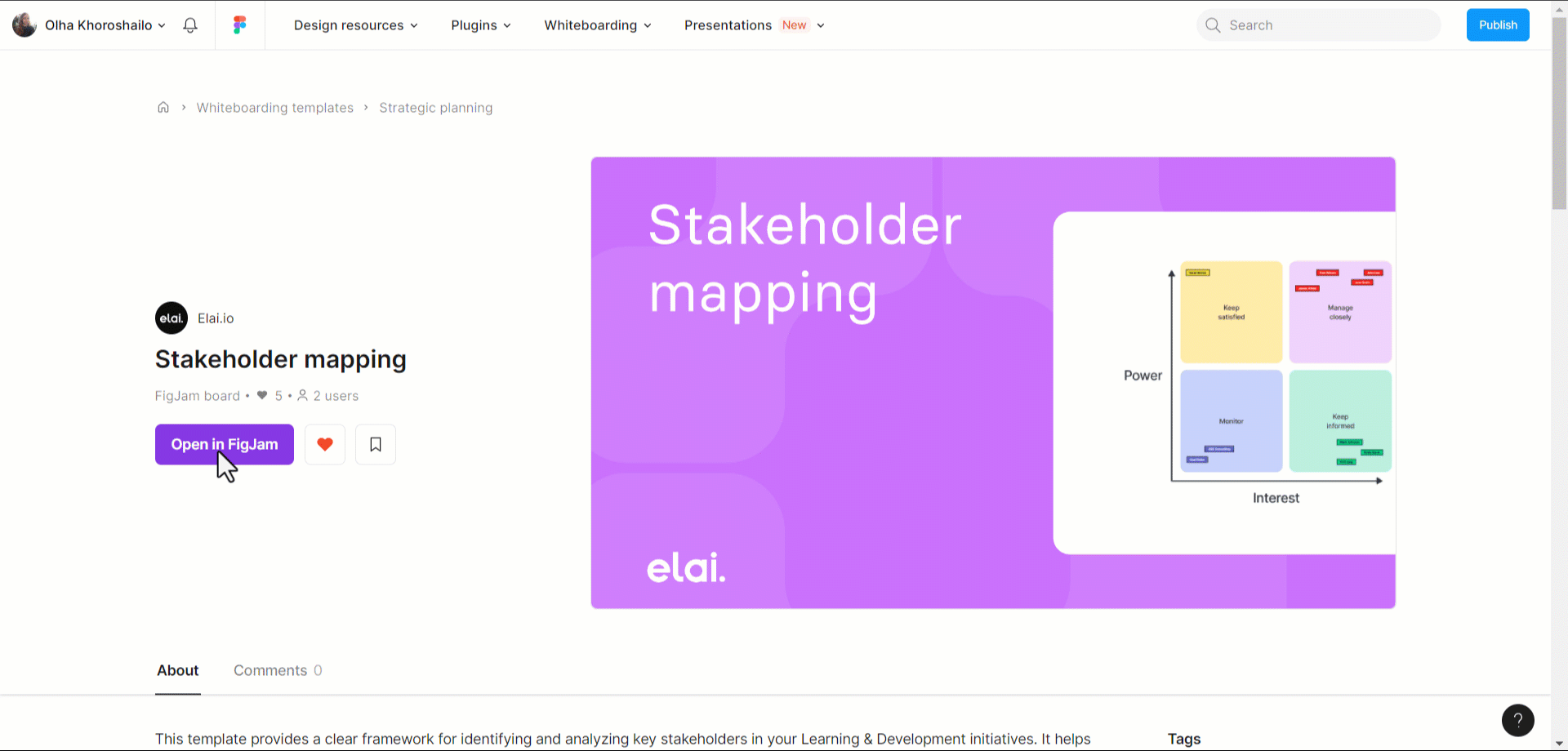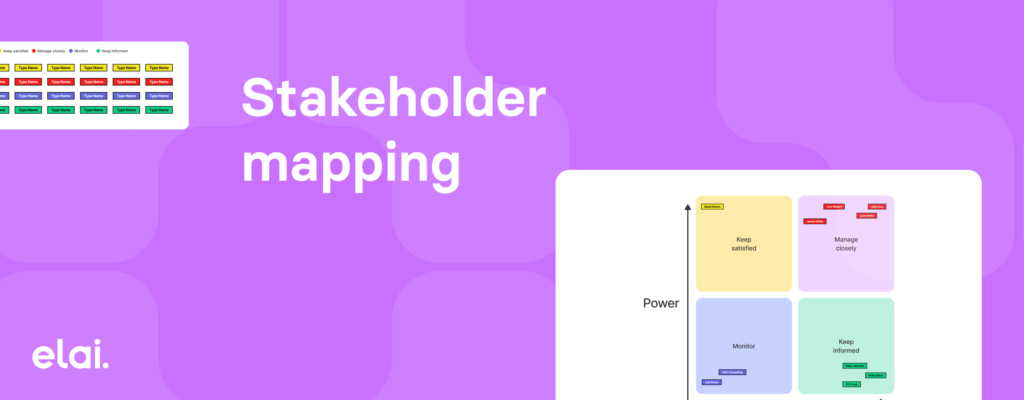In the sphere of Learning and Development, it is critical not only to deliver high-quality training programs but also to manage the relations with different stakeholders. Some of the stakeholders in L&D include the executives, managers, learners, the human resource department, subject matter experts, and external service providers. These groups have different concerns, concerns, and power over the success of a project. That is where stakeholder mapping becomes a useful practice to follow.
Stakeholder mapping is a process of identifying, analyzing, and managing the people and groups that influence the project or can be influenced by the project. It is a vital process for L&D teams to guarantee that learning interventions are relevant to the organization’s objectives and effective for stakeholders. In this article, you will learn how a stakeholder map can be helpful in L&D projects and how you can apply a Stakeholder Mapping Template to your work.
Why Stakeholder Mapping Techniques are Important for L&D Departments
It is important to manage stakeholders to achieve positive results in learning initiatives. Here are a few reasons why stakeholder mapping should be a core part of your L&D strategy:
- Aligns L&D Goals with Business Objectives:
The right stakeholder mapping example assists the L&D teams in identifying the strategic direction of the organization and how their training interventions support it. - Ensures Learner-Centric Approaches:
Learners are one of the main stakeholders in the process. This way, the training needs, expectations, and learning preferences of the employees are mapped to guarantee that the training programs are meaningful, efficient, and stimulating. - Identifies Potential Risks and Challenges:
When mapping stakeholders according to their power and concern, L&D teams can predict possible issues or sources of opposition during the implementation process. The stakeholder mapping framework is useful in developing ways of dealing with risks, managing expectations, and nurturing good relations with stakeholders. - Improves Communication and Collaboration:
Stakeholder mapping enhances a better understanding of the stakeholders. This way, L&D teams can develop communication strategies that will involve all the stakeholders and meet their needs and expectations throughout the project implementation process. This results in improved cooperation and less confusion.
Stakeholder mapping is a useful tool for making sure that your L&D initiatives work because you are addressing the right needs, with the right people, and in the right way for your organization. This process can be made easier by using a stakeholder map template in Figma so that your team is not only working strategically but also effectively from the onset.
Stakeholder Mapping Template

Get the free Stakeholder Mapping Template in Figma and begin improving the planning of your L&D projects right now!
